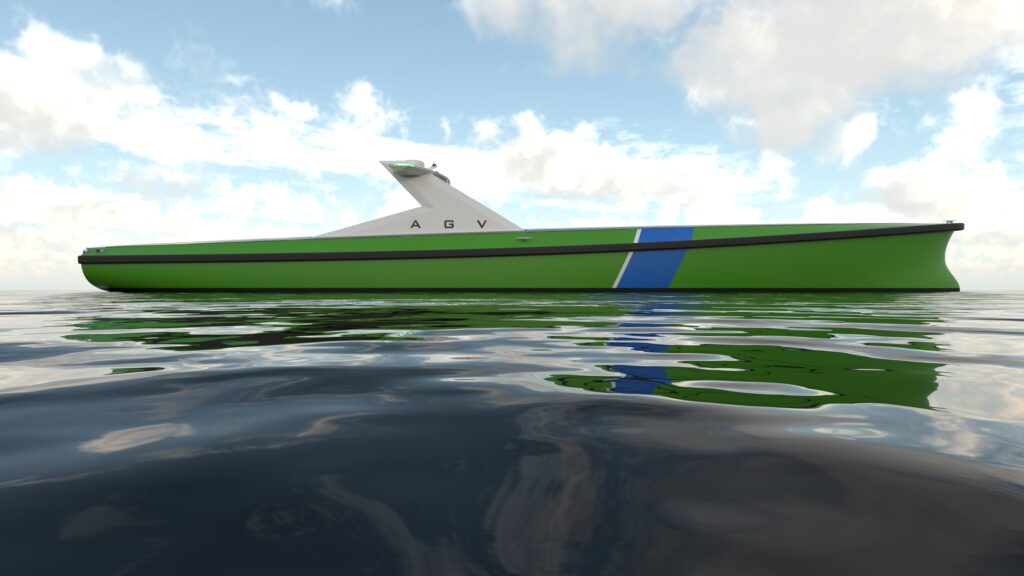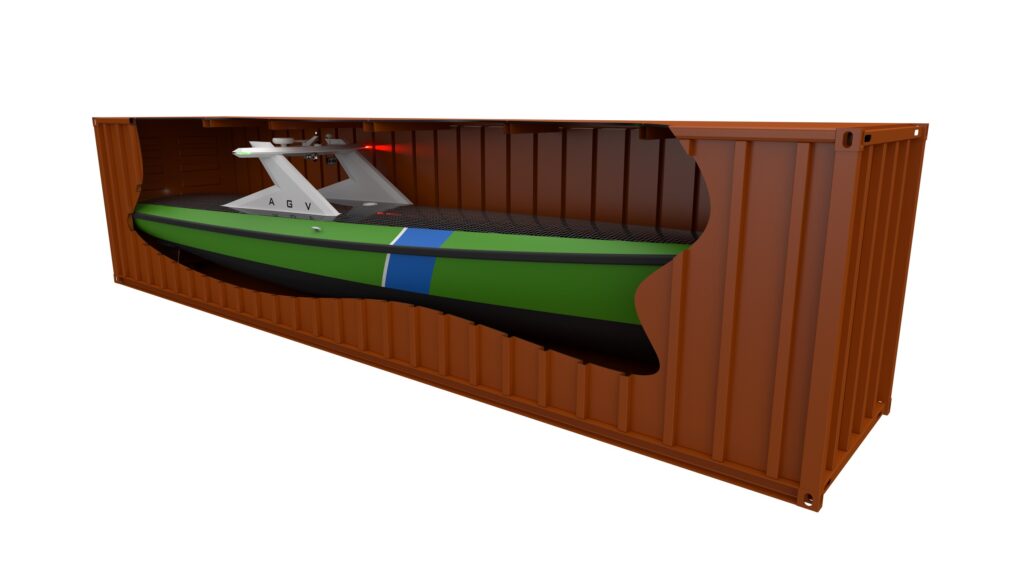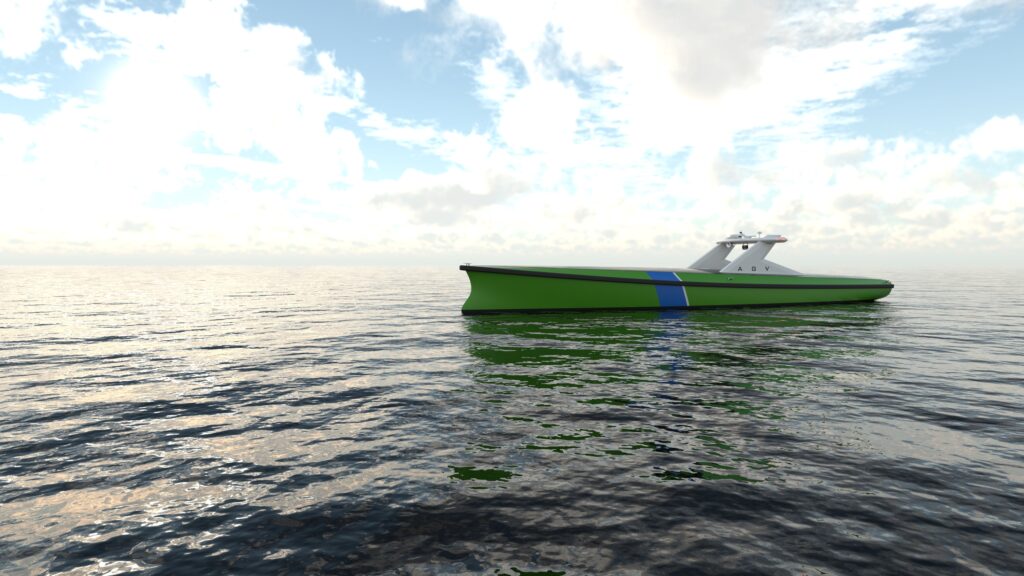The autonomous guard vessel is a concept design created by a consortium of maritime companies. The consortium created a novel design smaller and lighter than most current guard vessels. The design exploits the technology available today and features sustainable solutions to best serve the offshore industry.
What is autonomous shipping?
Autonomous shipping refers to the notion a ship can be self-sailing. An autonomous ship relies on a number of systems that reduces and ultimately eliminates the need for crew onboard the vessel. Semi-autonomous ships still have some crew onboard whereas fully autonomous ships can operate without crew. Much like cars, technology to realize fully autonomous ships is advancing at a rapid rate where this is becoming increasingly likely. However, some form of remote control is likely to always be present. This can be either through continuous monitoring and operating from shore or via a notification system where the system pings the remote operator when it is experiencing certain disruptions.

C-Job Naval Architects, together with consortium partners SeaZip Offshore Service, LISA, Sea Machines, MARIN, and eL-Tec elektrotechnologie BV, developed the autonomous guard vessel.
The autonomous guard vessel operates more efficiently and requires lower operating costs than current offshore guard vessels. Thanks to incorporating state-of-the-art autonomous shipping technology into the design, onboard crew is no longer required. This in turn allows the guard vessel to be smaller and lighter. Sustainable solutions are included in every aspect of the design. The autonomous guard vessel shows it is a viable, innovative, and sustainable alternative that benefits both wind asset owners and guard vessel operators.
Surveillance and operations
The offshore area that needs to be secured is continuously monitored by the autonomous guard vessel. It does this visually with the cameras installed as well via radar and AIS data. If a vessel approaches the area, the autonomous guard vessel responds immediately to secure the area. The intruding vessel is communicated with and receives information on how to safely navigate the area. The autonomous guard vessel will also physically escort the intruding ship away from the site. Ensuring the offshore area remains safe and collisions and damage to offshore infrastructure is avoided. The camera onboard the autonomous guard vessel will record the entire incident to provide video footage in case of any violation or accident.
To ensure the offshore area will be patrolled at all times, even during extreme weather conditions. The autonomous guard vessel is self-righting. This means the ship will restore itself to upright condition even if it capsizes.
Sustainable solutions
As the autonomous guard vessel does not need any crew on board, accommodations can be eliminated from the design. At only 11.7 meters, it is therefore much smaller than current guard vessels. In turn, due to the smaller size, batteries can power the autonomous guard vessel which eliminates harmful emissions. Solar panels are across the top of the design that provides enough power for the continuation of navigation and communications in case the batteries are depleted. Lastly, the autonomous guard vessel emits minimal underwater noise which allows it to be deployed in vulnerable areas such as the North Sea.

Charging station
To recharge its batteries, the autonomous guard vessel requires a charging station. This charging station can be moored independently, connected to existing equipment onsite, or hosted in the local port. Depending on the situation, the vessel can recharge either via a cable connection to the on-site equipment such as an offshore transformer platform or locally generated using renewable fuels.
Due to the scale and continuous need for surveillance of an area containing offshore structures, a minimum of two autonomous guard vessels are needed. One fully charged AGV will remain on stand-by supporting operations if a situation arises. For example, when an intrusion is detected – one of the autonomous guard vessels will monitor, warn, and escort the intruding ship to safety, while the others continue normal operations. Alternatively, it could take over from a monitoring vessel in case the battery runs out of power.
Lower overall cost
The clean and lean autonomous guard vessel concept design has a lower overall cost. The reduction in size means a lower initial investment. Additionally, due to lower power requirements and no crew needed onboard the vessel, the ship operates more efficiently so operating cost are much lower.




